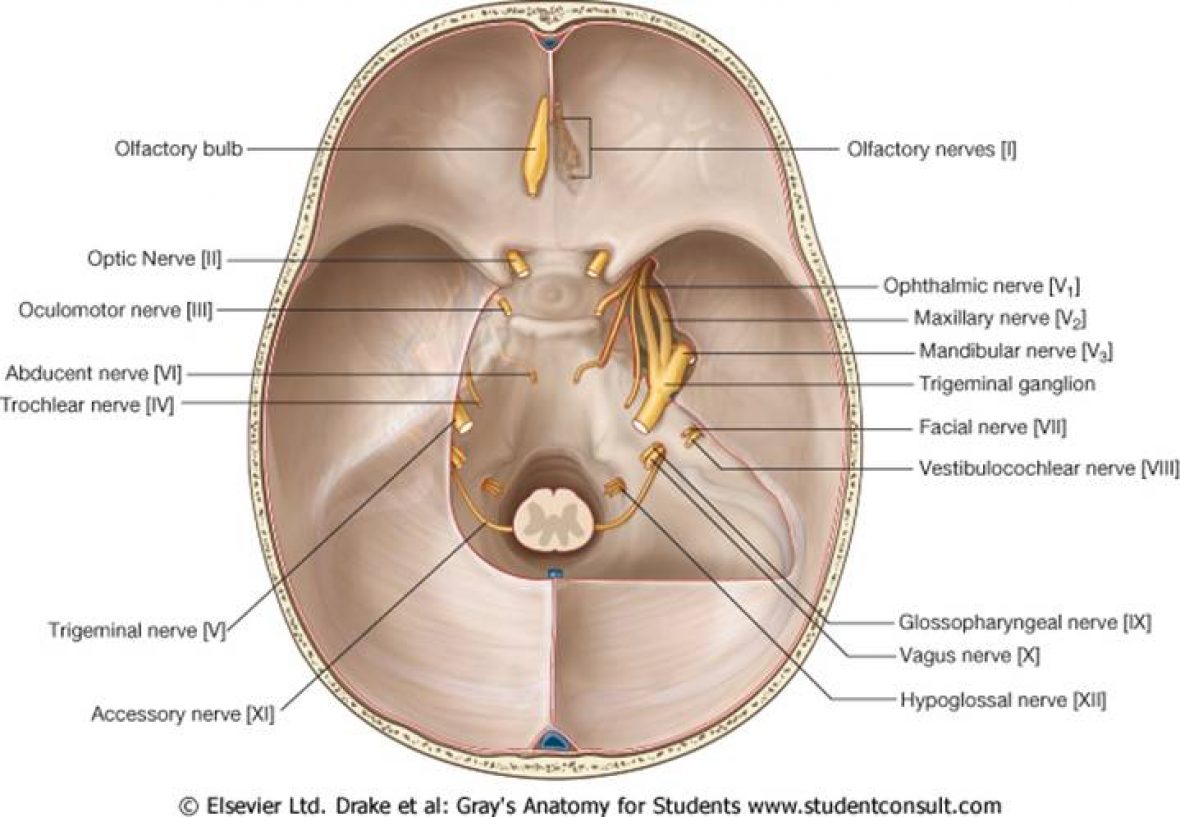This is also a common Neurosurgical complaint, often referred in patients who have suffered a stroke. In most cases, there is no need for Neurosurgical Intervention, unless the typical pattern of an ‘ICH’ differs or if there is an associated Intra-Ventricular haemorrhage requiring an External Ventricular Drain (EVD).
Hypertensive Haemorrhages (Stroke)
Most ICH’s occurr deep in the substance of the brain namely the basal ganglia, thalamus and internal capsule, followed by lobar and posterior fossa haemorrhages. These are often secondary to Charcot Bouchard Microaneurysms. Here the smaller arteries branch directly off larger arteries, and undergo a process called lipohyalinosis therefore forming microaneurysms that are susceptible to rupture.

Management
- Admission to stroke ward
- NG tube
- SALT assessment
- BP down to systolic of 140 eg. via Labetalol
- Flowtrons
Lobar Haemorrhages
Specific lobar haemorrhages alters the pathology as there are a potential for a number of different causes:
- Amyloidosis- most common cause of lobar ICH in an elderly normotensive patient
- Aneurysmal
- Underlying Tumour
- Arterio-venous Malformation (in a young normotensive patient)
- Superficial extension of a deep haemorrhage
- Coagulative disorders
- Idiopathic
- Haemorrhagic transformation of stroke
Management
- For supra-tentorial masses the consensus for management is conservative as highlighted by the STITCH trial. A recent randomised study (STITCH) showed that there was no significant difference in outcome between surgery and conservative management.
- Hypertensive control of aiming a systolic BP 140/90 is the mainstay of management
- If hydrocephalus is present than the patient maybe a candidate for an External Ventricular Drain
- CTA for suspected Arterio-Venous Malformations
Posterior Fossa Haemorrhage
A paper by Kirrilos et at suggested a protocol for the management of posterior fossa haemorrhage. Whether surgical management was offered was dependent on three factors:
- Size of the clot
- Degree of 4th ventricular effacement
- GCS
For a medical student point of view it is sufficient to say that cerebellar haemorrhages are treated differently due to risk of compression of the brainstem and 4th ventricle that can lead to immediate and life-threatening deterioration.


